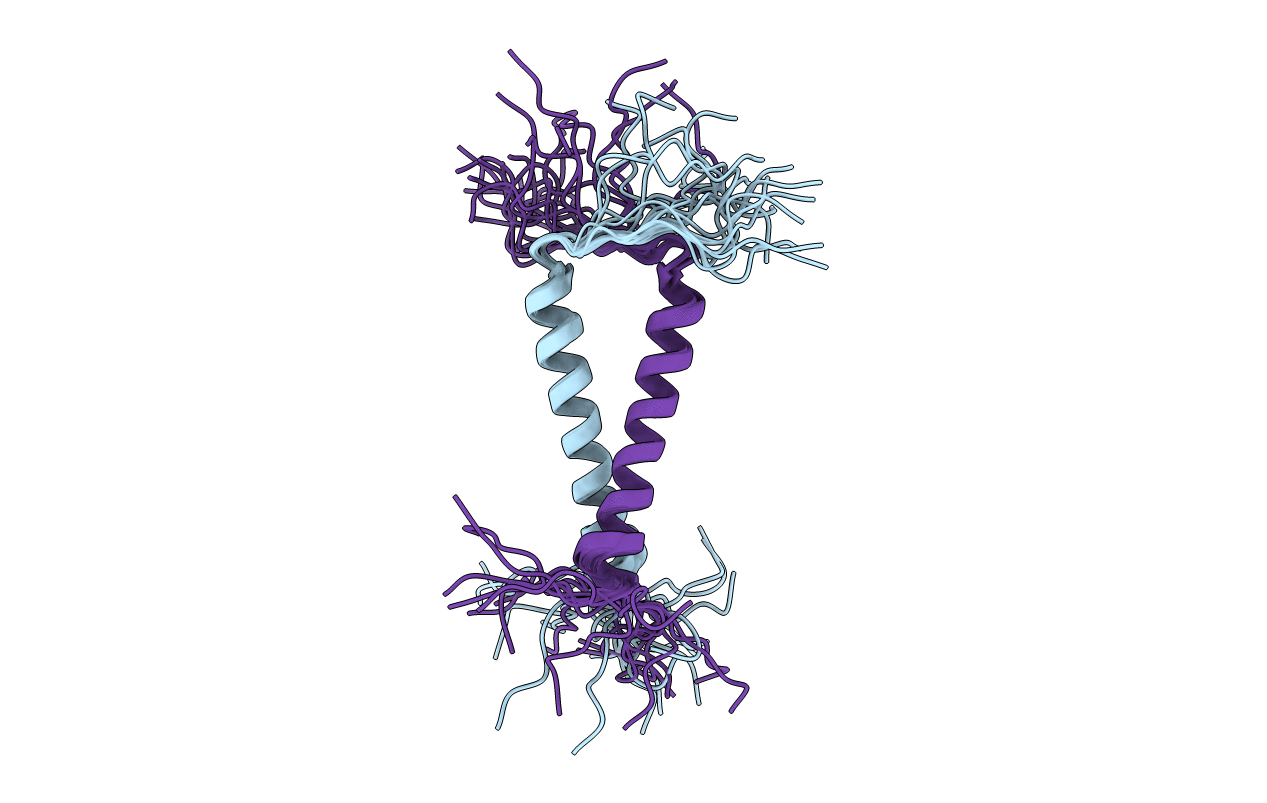
Deposition Date
2012-10-24
Release Date
2013-10-30
Last Version Date
2024-05-01
Entry Detail
PDB ID:
2M0B
Keywords:
Title:
Homodimeric transmembrane domain of the human receptor tyrosine kinase ErbB1 (EGFR, HER1) in micelles
Biological Source:
Source Organism:
Homo sapiens (Taxon ID: 9606)
Host Organism:
Method Details:
Experimental Method:
Conformers Calculated:
200
Conformers Submitted:
20
Selection Criteria:
target function


